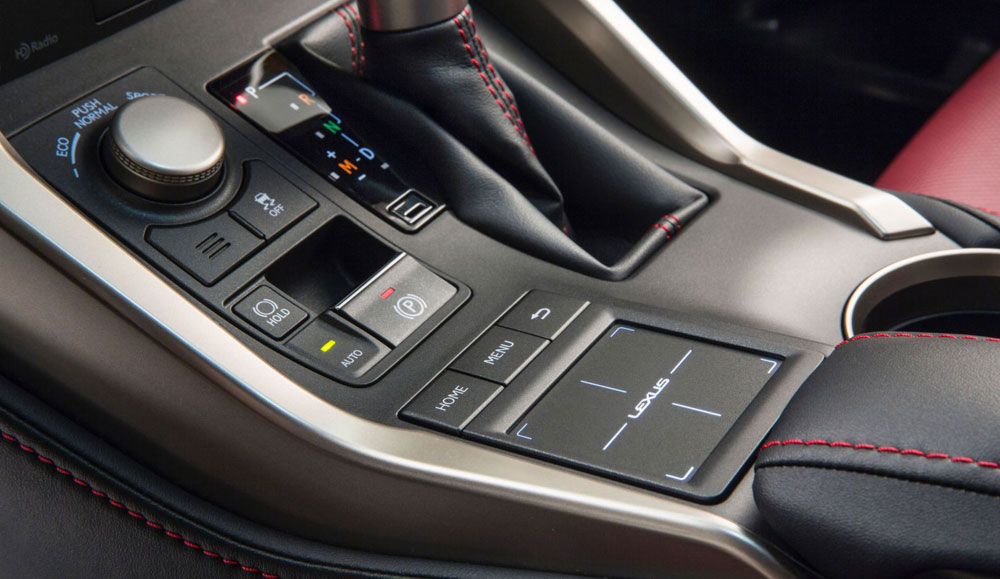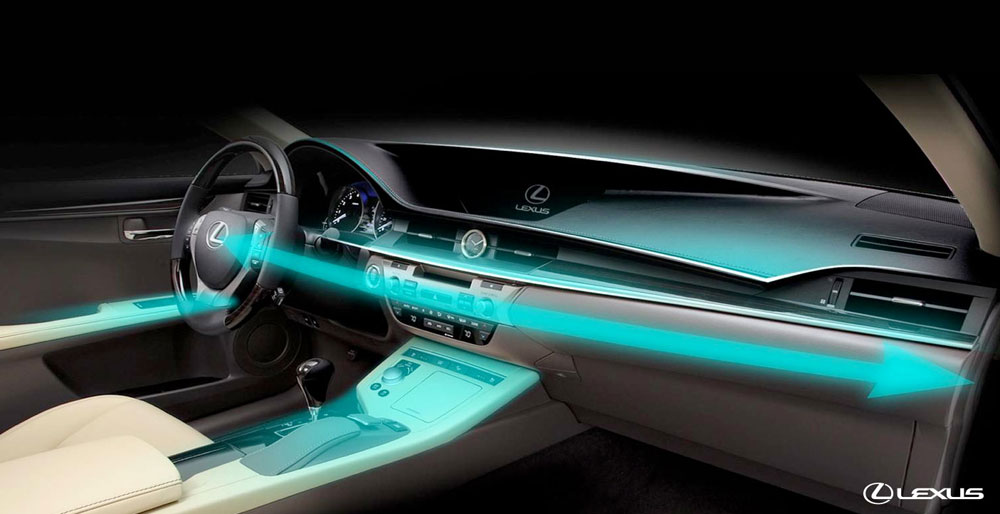Through a series of emails, I interviewed Takeshi Tanabe, the Manager of Global Design for both Toyota and Lexus, on a number of wide-ranging topics.
The conversation is divided into three parts — the first segment covered Tanabe-san’s history with Toyota and Lexus, the second part was about the evolution of Lexus design, and now this final portion examines the Lexus design future.
Lexus Enthusiast: The LF-SA concept was presented as a glimpse into the future of transportation. Do you believe that a small car can deliver the experience people expect from a Lexus?
Tanabe: As you are well aware, downsizing is a worldwide trend. Urban traffic, fuel consumption, emissions control make it all difficult to justify big cars. The CT, as a compact hybrid, is one of our answers to such issues.
In the future, it wouldn’t be surprising to see concepts that further explore this direction. It is very meaningful for us to discuss the future direction of the brand from the feedback of these experimental projects.
Wait ‘til you see what’s coming!
The RC & NX debuted the new Remote Touchscreen Interface, but the new RX & GS F have both gone back to the older mouse-like controller. What’s the future of controller design for Lexus infotainment?
I will let the engineers answer the technical side of the question. However, I can give you my personal opinion from a brand perspective. The Lexus interior is based on a “Human Oriented Concept”, and the Remote Touch is one example.

On a conventional Sat-Nav, the driver has to go toward it and reach for the commands in order to operate it. Our philosophy is the opposite. We want the machine to go toward the human whenever necessary. Voice recognition system has recently become common technology.
At Lexus, we are constantly exploring for ways to implement our “Human Oriented Concept” with the development of new technologies. In the future, it might even be possible to execute an operation just by thinking about it; what we refer to as “Seamless Anticipation.” That way the driver can concentrate on driving and fully enjoy it. The progress in technology will enhance the pure joy of driving; an expression of “Incisive Simplicity.”
This is a perfect realization of the Lexus Design philosophy, L-finesse.
How do interior and exterior designers work together?
Quite a while back, exterior and interior design teams were separate. But now a chief designer is appointed for each project and oversees both interior and exterior, working as one complete team.

To create a great car, it is important for interior and exterior designers to respect one another by sometimes praising each other, and at other times being very critical. It is with the sole objective of creating a great design. Teamwork is a must because we must share the same vision.
In your opinion, should the exterior and interior compliment or contrast with one another?
Basically, the exterior and interior should complement each other, and should be created with the same essence. For example, it would be strange to use a Renaissance style frame for a modern art painting, and vice versa. The painting and its frame, as with the exterior and interior, should be presented in a harmonious way.
However, there are cases where contrasts are created intentionally. This is done with the purpose of conveying a specific message, to create a fascinating appeal. Doing so has to be part of the plan to enhance the message we want to convey. This is precisely why it is important to appoint a chief designer that oversees both the interior and the exterior.
How difficult is it to balance your designer vision with the demands of increasing interior technology?
The design of a product is a reflection of brand, technology and market needs. Of course, I do have my personal vision on design, but it doesn’t go against the evolution of technology. On the contrary, design should embrace the latest technology. If there are no new technologies for design to express, then differentiation becomes difficult and there is a risk of looking outdated.

From this stand point, the Remote Touch with its innovative technology is a good example that triggered the transformation of Lexus interiors.
Last question — what type of car would you like to design for Lexus? A new version of an existing model or something completely different?
This is a very good question. I am now working at the Global Design Division, and am not directly involved in design anymore. Now I focus more on the direction of the brand from the design perspective. I am more interested in how to create a concept that’s unique to Lexus.
Cars like the LS or the GS have competitors in the same class and it is always exciting to compete against them. However, like the first RX, by creating a new category of vehicles that no one else thought of is even more exciting. We can become pioneers and be a one and only in the market. Although many have followed since, the RX is still the strongest selling vehicle in our line up and a very symbolic one for Lexus. This is simply the result of our pioneering spirit.
We are continuously striving to further enhance the unique Lexus experience through a synthesis of design, technological innovations, sales and customer service.
And so ends my interview with Global Design Manager Takeshi Tanabe. My deepest thanks to Tanabe-san for taking the time to answer these questions, David for setting it all up, and Allison for keeping it on track.


Comments